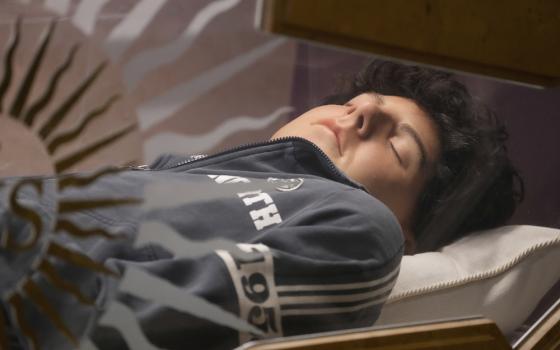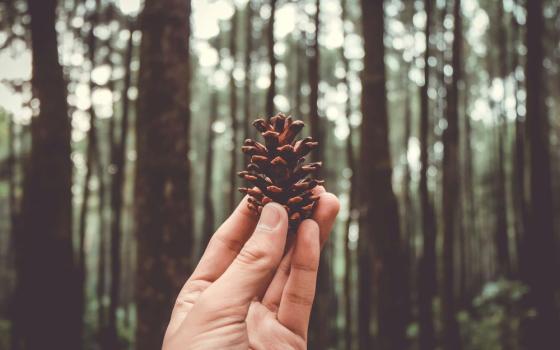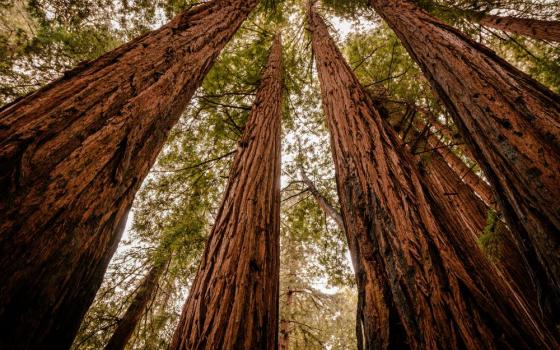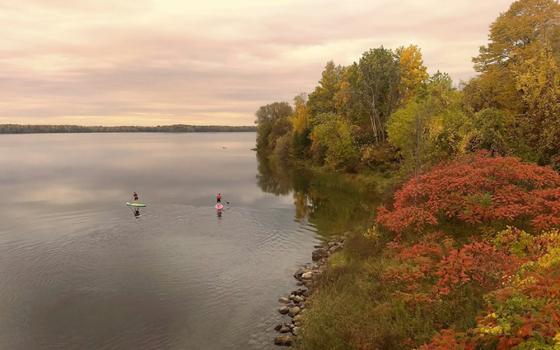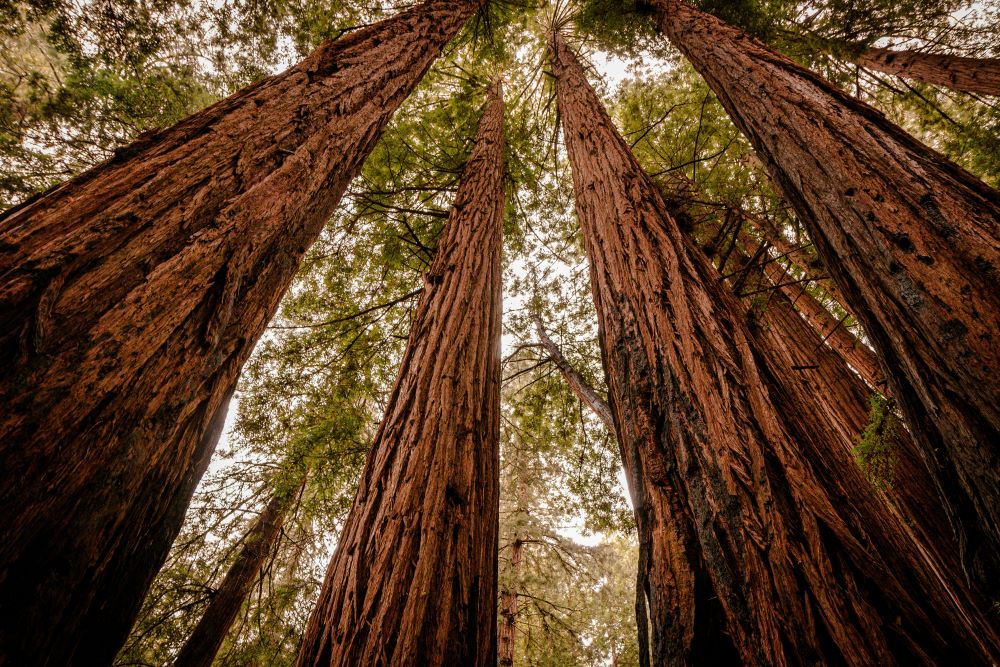
(Unsplash/Brice Cooper)
My daughter had just learned to walk. She was grasping my pinkie with her tiny hand as we entered into one of my favorite places on Earth, a redwood forest in Northern California. The air was cool against my skin as the scent of fresh needles grazed our nostrils. Underneath my feet I could feel the soft carpet of fallen needles absorbing my stance. I was happy.
This is a memory from 10 years ago. It is one of my favorites, as I was introducing my daughter to the grandeur of God's tallest creatures on Earth. In the moment, I consciously paused to savor the experience, shifting my attention from my mind to my body.
I had recently learned how we humans have developed a negativity bias. Through savoring positive experiences, we can counterbalance this tendency and instead shape our neural pathways to focus on the good. Having savored that moment 10 years ago, I can now almost feel as if I’m there with my daughter when I bring it to mind. Gratitude also still arises.
In our ecological conversion, Pope Francis invites us to develop the attitude of the heart "which approaches life with serene attentiveness, which is capable of being fully present to someone without thinking of what comes next, which accepts each moment as a gift from God to be lived to the full."
God has blessed us with our senses, a nonverbal way to receive God’s messages. This can also be a way to honor the way God incarnated created matter.
This, of course, is easier said than done. When we think of what it means to be mindful, our experience is often that our minds are simply full. Yet this call to contemplation for the care of creation invites us into a new way of seeing and being in order to receive and respond to God's love in each moment.
Without the capacity to pause and to contemplate, we risk operating from a default mode which is often distracted, fragmented and reactive as we manage a plethora of information and responsibilities.
As shared in the previous essay in this series, one of the best ways to be fully present is to shift awareness to the body. Pope Francis has said that to contemplate is to grant oneself "the healthy balance between head, heart and hands, between thought, feeling and action." In the previous essay, I reflected on breath. This week, I'm engaging in contemplation through the senses — sight, touch, smell, sound and taste.
Praying with the senses is not new in our Christian tradition. St. Ignatius invites us in his Spiritual Exercises to pray with the senses knowing that "sensing and tasting things interiorly" can be a powerful way to allow the wisdom of the body to deepen our relationship with God. When pondering a scene from Scripture, one is invited to imagine what sights, sounds, smells might be around them to fully enter into the prayer moment.
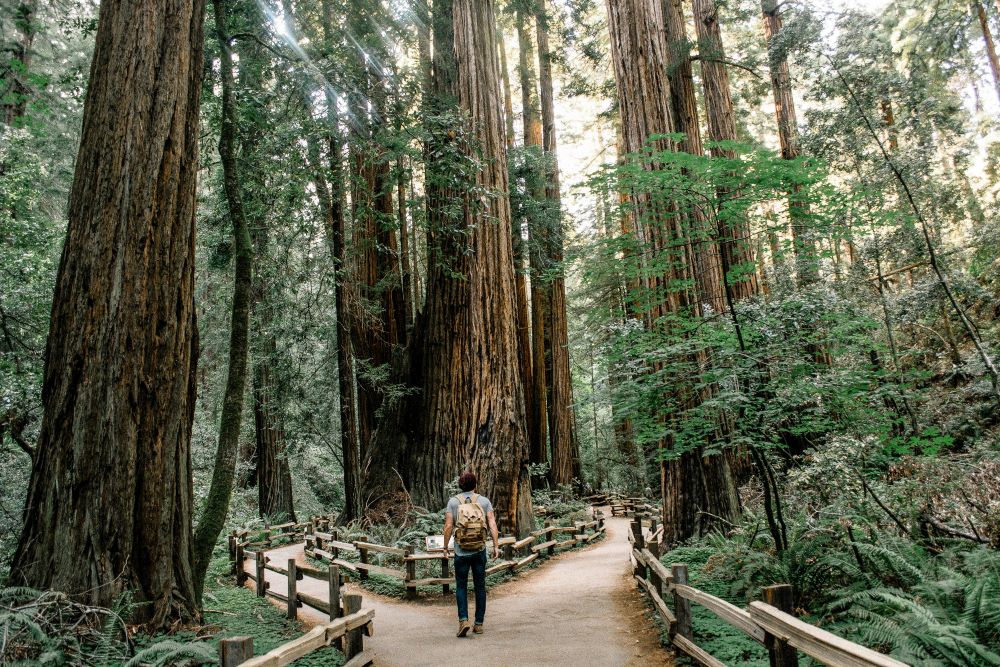
(Unsplash/Caleb Jones)
God has blessed us with our senses, a nonverbal way to receive God’s messages. This can also be a way to honor the way God incarnated created matter.
One of the places and times when we are invited to be "fully present to someone without thinking of what comes next" is during Mass when receiving Eucharist. Contemplating with the senses can help us gather our mind and heart during this moment which is to be the "source and summit" of our Christian life.
As we enter the church building, we can bring awareness of our desire to be fully present to God. When we make the sign of the cross, we can feel our fingers touch our forehead, heart and shoulders opening our body to this time of prayer. Throughout Mass, as the mind gets distracted we can focus on the body — listen to the Word, feel the breath — to stay in the present moment. When we kneel, we can feel a sense of reverence. When receiving the Eucharist, we can experience the physical host being received into our bodies as a precious gift from Christ.
In Mass last Sunday, I did just that. I brought my full attention to my senses during Communion. As the eucharistic minister placed the host in my palm, I could sense its lightness on my skin, and how Christ chose to be present to us in the smallness of this consecrated host. As I placed it in my mouth, I felt its slow dissolving on my tongue. I was moved thinking of how Christ was being integrated into my very being, so that I could live through, with and in him.
I began to be mindful of the presence of the four elements in the process. In the Eucharistic Prayer we name how the Eucharist is born from the "fruit of the earth and work of human hands." How are we treating our Sister Mother Earth which bears the wheat which becomes Christ's body?
As the host dissolved, I could sense the element of water. Water is present both in the Eucharist as an ingredient and within my body and mouth which was receiving it to break it down. Water is a gift that recalls the water of our baptism and the water that emerged from Christ's side when it was pierced by a sword.
Advertisement
The element of fire was present in the metabolic process which helps to physically break down the host. It also was present in the sun that shone upon the wheat that then became the flour of the host.
And air was there in the breath of life which was sustaining me to receive Christ. I could imagine as well the reciprocal exchange between the wheat plant and our atmosphere. This precious process of photosynthesis that produces the necessary oxygen for our survival.
Truly, to receive the Eucharist is a cosmic event, made more present when praying with the senses. As written in Laudato Si’, "the Eucharist joins heaven and earth."
As many in our church gather this week as part of the National Eucharistic Congress, explore how your senses allow you to "taste and see that the Lord is good" in new ways. Be fully present to Christ in the Eucharist in mind, body and spirit through the gift of your senses. Christ will undoubtedly be revealed to us in ways we might not be able to imagine.



